As the competition in the middleweight motorcycle segment in India is becoming intense by the day, we pit the two most desirable bikes – the Street Triple R and the F 900 R – in this category against each other.
Over the years, we have seen some fantastic motorcycles rev their way into the Indian market. What was once a non-existent market has now evolved into one of the most important automotive hubs on the planet. And while it’s true that the Indian motorcycle market is filled with all kinds of bikes, it’s the middleweight segment – 500cc to 900cc – that makes the most sense for biking enthusiasts in India. Why? Well, because not only are they relatively affordable but also offer plenty of new-age features. And, most importantly, they are loads of fun because they offer useable power for Indian roads. Interestingly, this segment attracts both first-time customers and seasoned riders alike, for bikes in this category offer a brilliant combination of power, pleasure, and practicality.
Take the Street Triple, for instance. It’s perhaps one of the most popular mid-segment sports bikes available in India today. And last year, we saw the arrival of its updated version. The Street Triple offers peppy performance, agile handling, and, of course, that unique British design, which is loved by everyone. It’s also priced very well, and that’s why you’ll spot plenty of them in every biker meetup or event.
Now, another new hot entrant in the segment is the BMW F 900 R. This beautiful roadster may be a bit of a niche product in the middleweight category, but it’s got the same defining characteristics, which make it one of the best bikes to ride.
There are, of course, other fantastic machines in the segment, such as the brilliant Kawasaki Z900, Honda CB650R, and Triumph Trident, but for now, let’s focus on the Street Triple R and the BMW F 900 R and find out which one you should bet your money on.
The Gorgeous BMW
While the design of a product will always have a subjective component, there is no doubt that some designs are objectively superior to others. Take, for instance, the design of the F 900 R and the Street Triple R. You don’t need to have a degree in aesthetics to know that the BMW not only stands out but completely overshadows the Triumph. The F 900 R is so imposing that it’s quite likely that you’ll mistake it for a much bigger machine. It definitely has a dominating road presence, and the build quality . . . well, it’s a BMW, and you can’t get better than this.
The Street Triple R takes a more athletic approach to design, and it looks leaner and smaller because, well, it is. The BMW has a curb weight of 211kgs, while the Triple R weighs 183kgs. The Street Triple is shorter and narrower, and its bug-eyed headlights make it look like a stealthy mantis ready to pounce. The BMW, on the other hand, looks gorgeous from every angle and definitely has a more muscular appeal to it.
Power Aplenty
The BMW gets a larger 895cc engine, which is an in-line two-cylinder unit that produces 103bhp and 92Nm of torque. The engine has all the essential BMW characteristics, which makes it a wonderful unit that’s always ready to offer all the power even at the slightest twist of the throttle. Needless to say, it’s very smooth and refined and never feels stressed. You get two riding modes – Rain and Road – to choose from, depending on the road conditions or your mood. The F 900 R offers very quick acceleration – the bike behaves like a hooligan sometimes, which can put you on edge but in an exciting way.
The Street Triple R gets a smaller engine – a 765cc unit but with three cylinders for that smooth British feel. At 116bhp, it offers more power than the BMW but produces less torque at 79Nm. The Triple R has three riding modes – Rain, Road, and Sport. The Triple R is also a lot more rev-happy, which means that you need to keep the revs high if you want all that power from the engine. It feels smooth and offers fun acceleration. The BMW, however, does seem to have a little more character. With the Street Triple R, you have to push the bike, and yourself, to squeeze every bit of juice from the engine. In the F 900 R, on the other hand, it’s all available at your beck and call.
The Triple R can be a Track Tool
The Triumph Speed Triple R looks lean and athletic, which is well complemented by its sharp handling abilities. With a lighter front-end and aggressive riding position, it turns much sharply than the BMW. The chassis is also lightweight and incredibly well-balanced, which allows you to make quick adjustments and confident turns. The Street Triple R also gets a quick-shifter as standard, which allows for quicker, clutchless gear shifting on the track. And yes, it also has fully adjustable front and rear Showa suspension. The Street Triple certainly feels easy to handle, which makes it an agreeable machine. Although not an ideal beginner bike, the Street Triple is still relatively easy to handle. And if you know how to push it hard, it can, without a doubt, be an incredible track tool.
The F 900 R feels a lot more comfortable, thanks to its ergonomics and seating. It also has a steering damper for smooth feedback in the city. The BMW doesn’t get an adjustable suspension, but I feel that the setup is just about right for all kinds of road surfaces and also good enough for sporty riding. The Indian-spec F 900 R doesn’t get a quick-shifter. What the BMW does have, though, is a much better electronics package. The traction control, for instance, feels much better on the F 900 R. While riding the BMW F 900 R, you will never know when the traction control has kicked in to save you from a horrible mishap. In the Triumph Street Triple R, however, you will feel it kick in every time the rear end of the bike steps out even in the slightest.
BMW for the win, but...
In all honesty, the F 900 R just feels a little more fun and comfortable. It’s got a brilliant engine and the quality is the best in its class. The Triumph Street Triple R is certainly a slightly better track tool for sure, but in the city, it doesn’t give you the same feeling of awe. In terms of overall appeal and performance, the BMW is the winner here, but here’s the rub. The BMW is much more expensive, and its maintenance costs are also spectacularly high. The BMW also gets far fewer features and rider aids. It obviously demands a premium because of the badge, but if you really want to spend the extra money, you can always opt for the Street Triple RS, which is by far the best performance machine in the segment. Now, if I were to choose, it would still be the BMW for me, and there are three reasons for that – the engine character, design, and comfort.
- BMW F 900 R
- Triumph Street Triple R
Engine: 895cc / In-Line Two-Cylinder / Water-Cooled
Transmission: 6-Speed
Power: 103bhp @ 8,500rpm
Torque: 92Nm @ 6,500rpm
Price: ₹10.8 Lakh (Ex-Showroom)
X-Factor: A beautiful roadster that’s very comfortable and fun to ride.
| Pros • Comfort | Cons |
Engine: 765cc / In-Line Three-Cylinder / Liquid-Cooled
Transmission: 6-Speed
Power: 116bhp @ 12,000rpm
Torque: 79Nm @ 9,350rpm
Price: ₹9.15 Lakh (Ex-Showroom)
X-Factor: A perfect mid-segment sports bike, which can also be used as a track tool.
| Pros • Handling | Cons |

Read more:



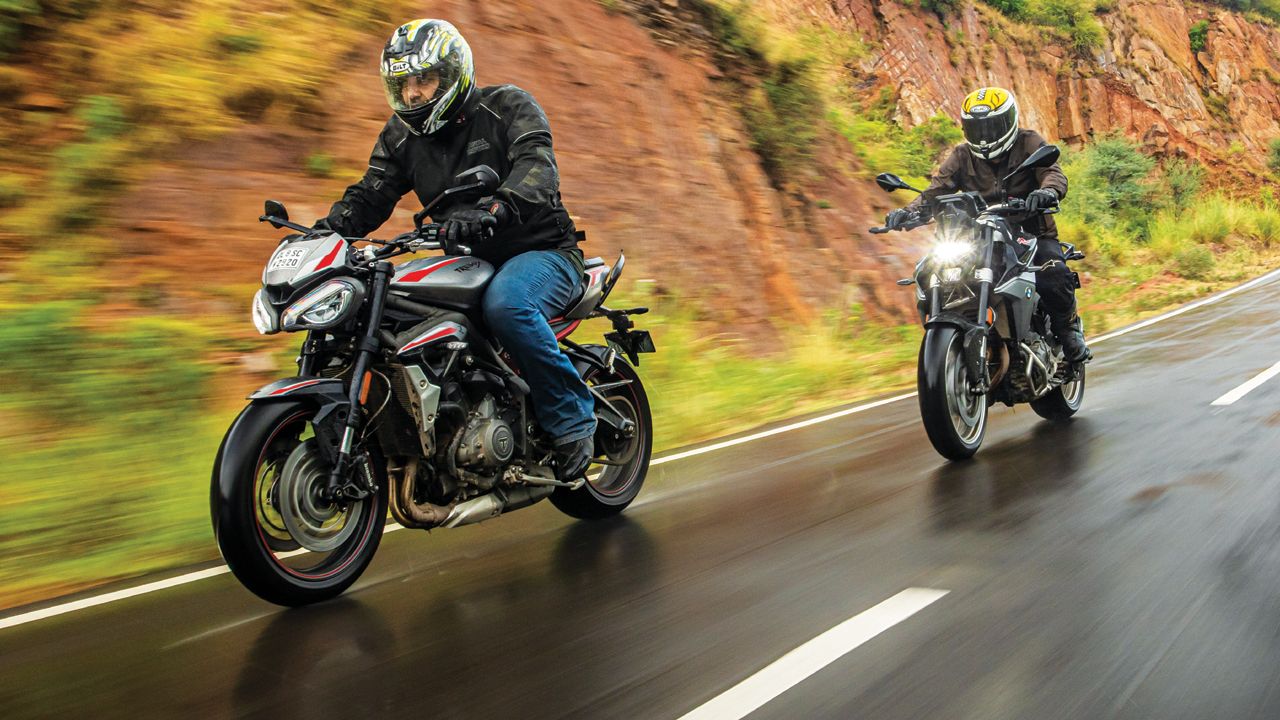

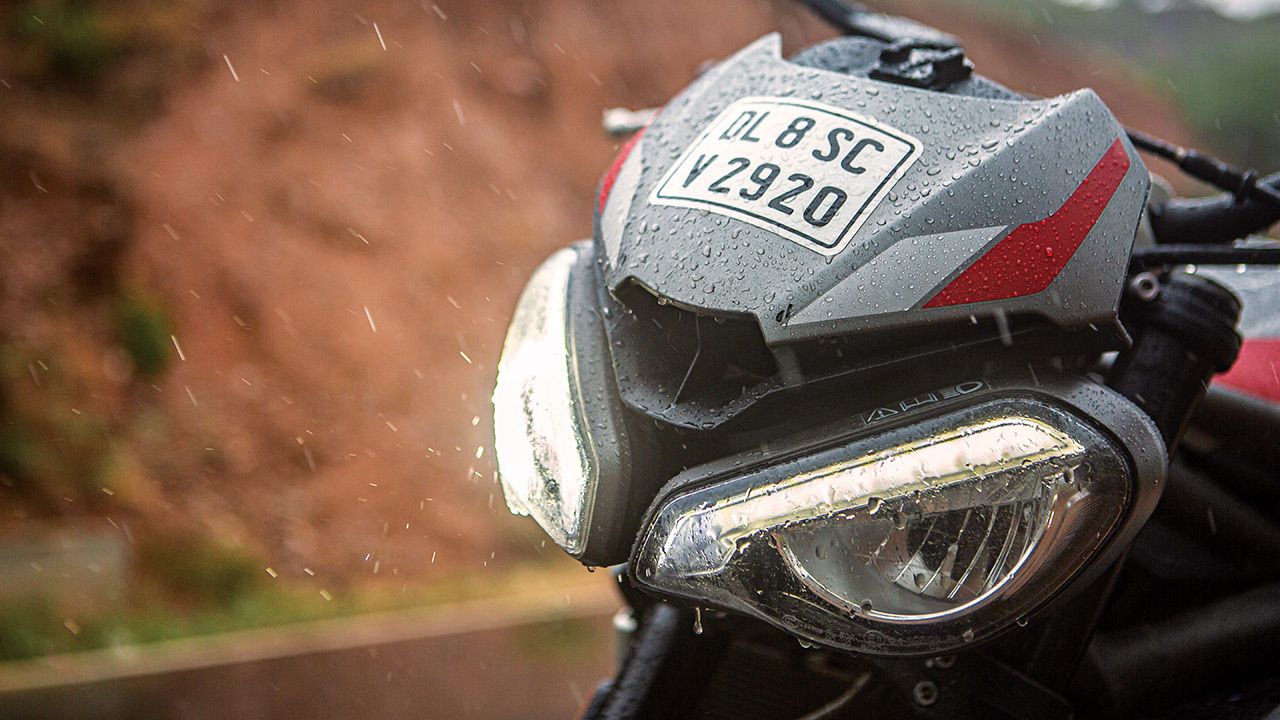
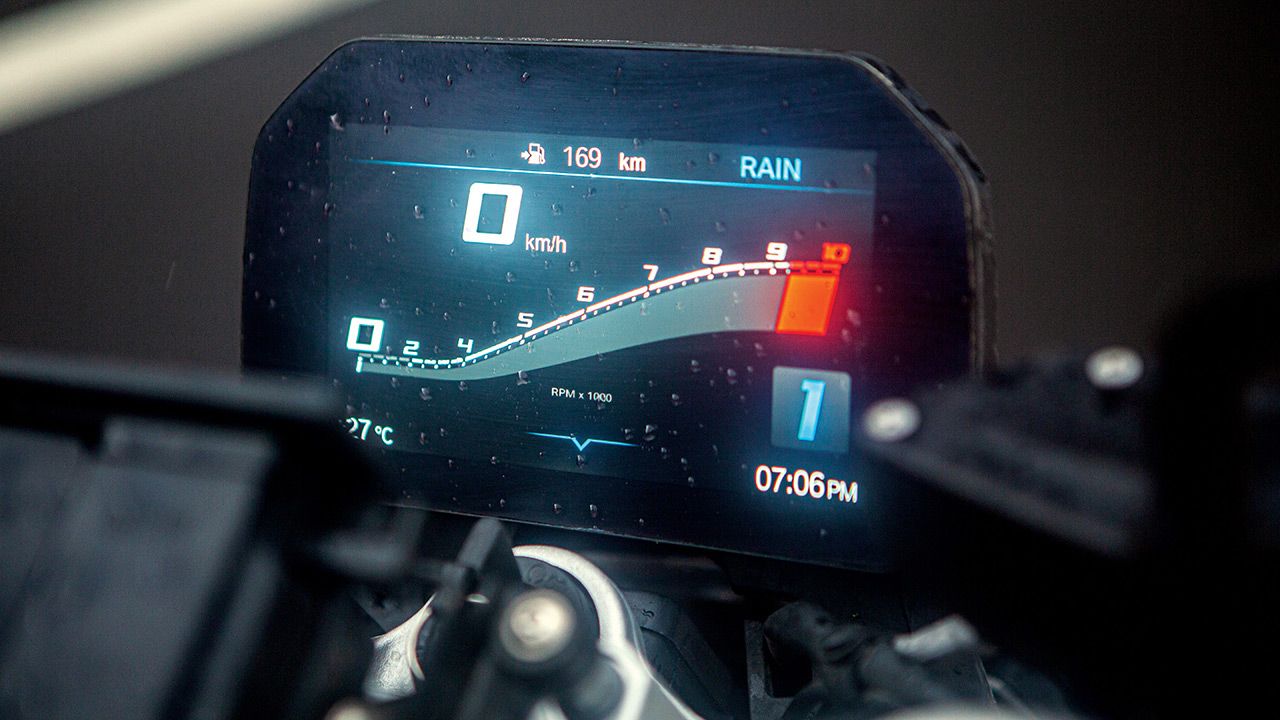
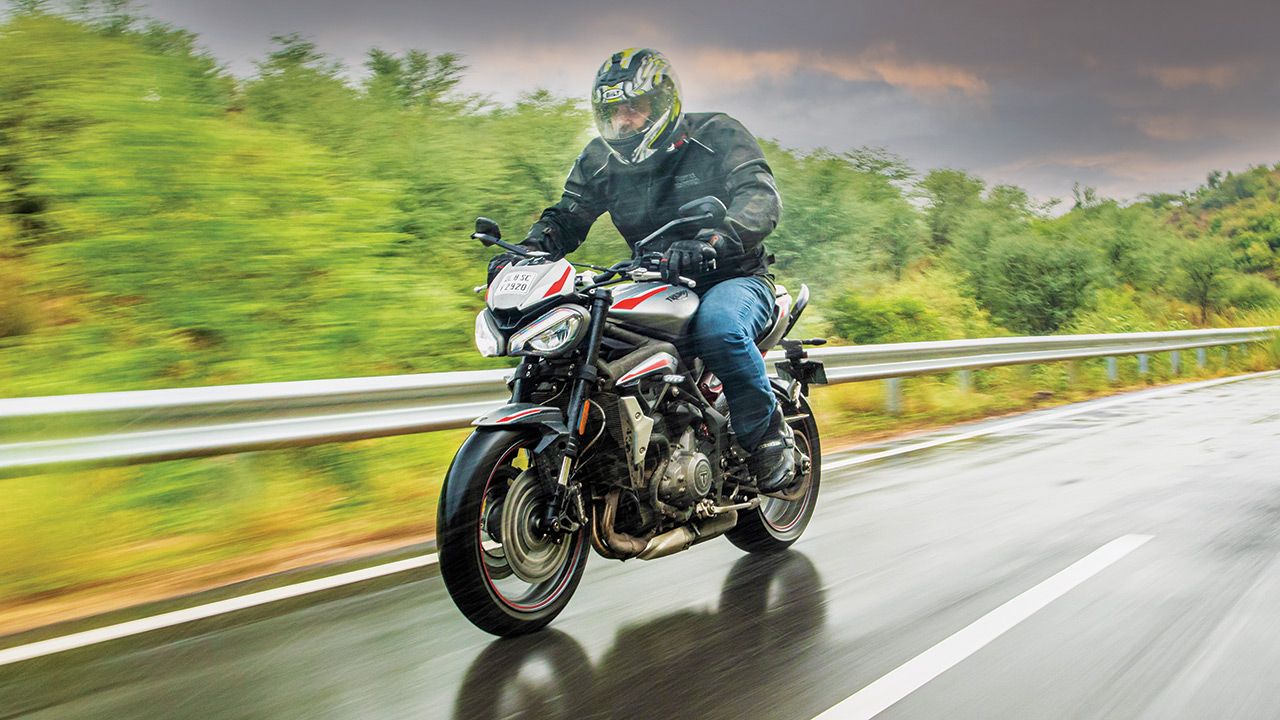
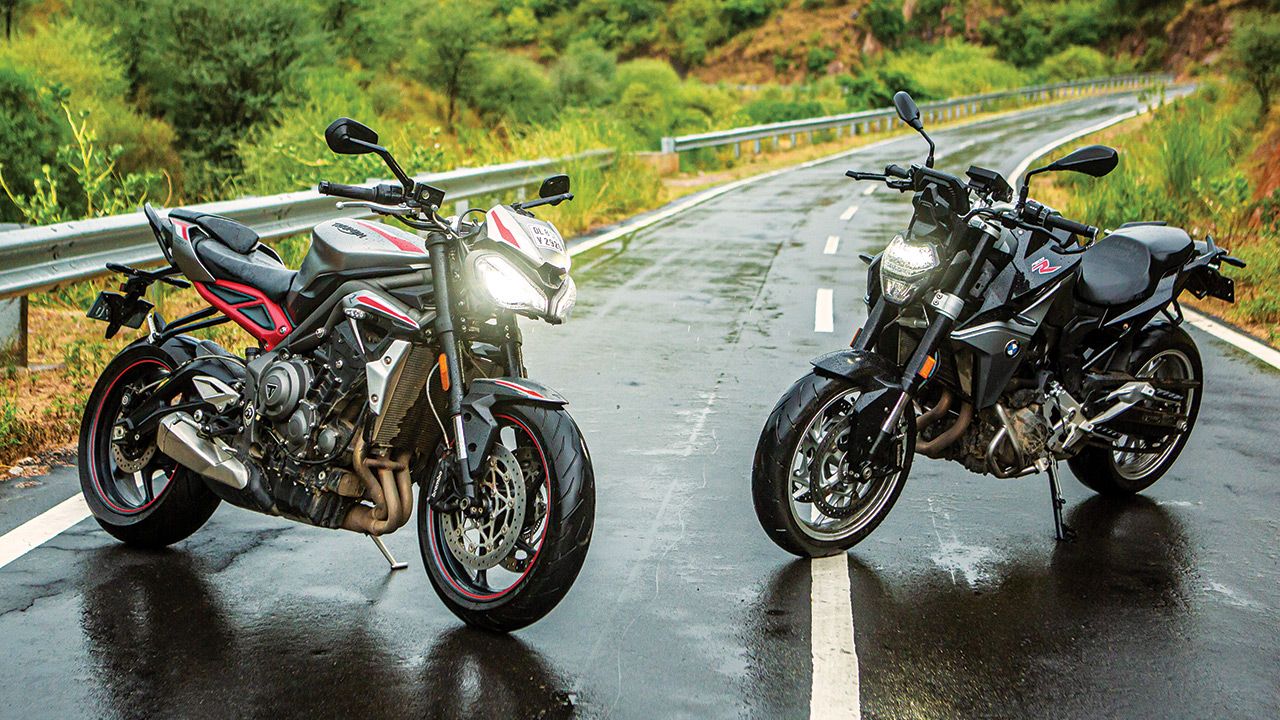


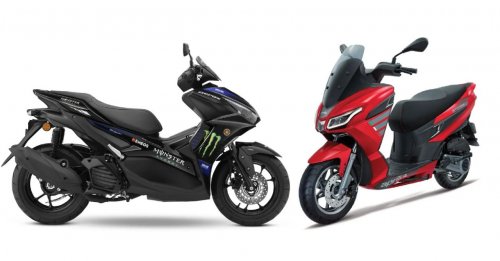
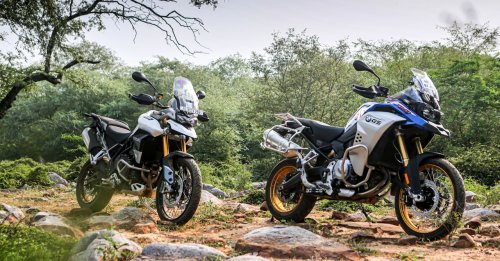














Write your Comment